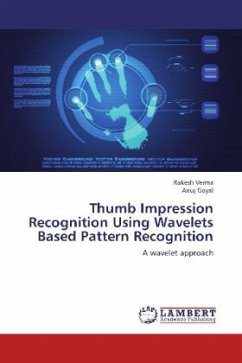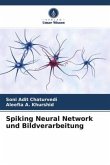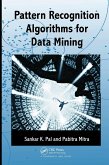An advanced artificial intelligence based algorithm for detecting and classifying faults on the power system transmission line is introduced. The approach utilizes self-organized, Adaptive Resonance Theory (ART) neural network, combined with fuzzy decision rule for interpretation of neural network outputs. Training of the neural network is based on the combined use of unsupervised and supervised learning methods. During training, a set of input events is transformed into a set of prototypes of typical input events. During application, real events are classified based on the interpretation of their matching to the prototypes through fuzzy decision rule. This study introduces several enhancements to the original version of the ART algorithm: suitable preprocessing of neural network inputs, improvement in the concept of supervised learning, fuzzyfication of neural network outputs, and utilization of on- line learning. Simulation results show improved recognition capabilities compared to a previous version of ART neural network algorithm, Multilayer Perceptron (MLP) neural network algorithm, and impedance based distance relay








